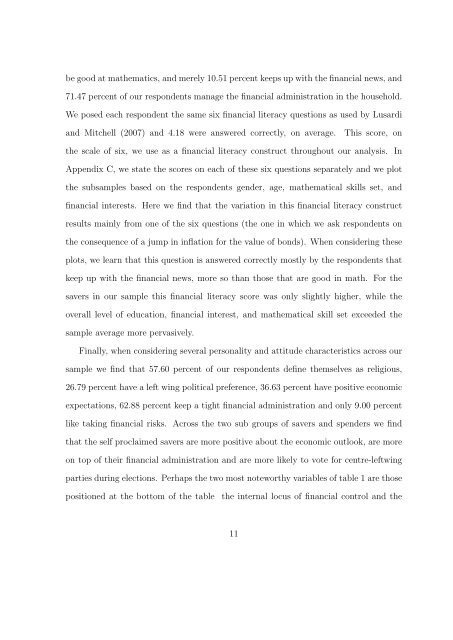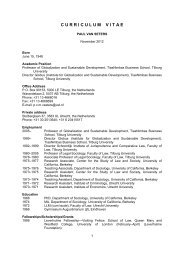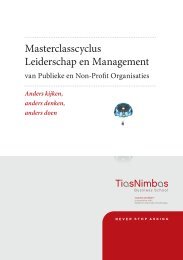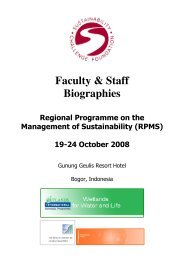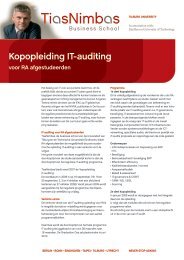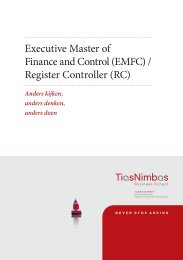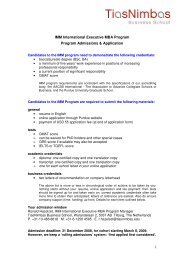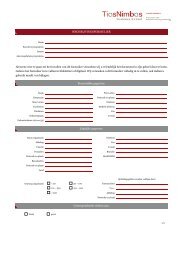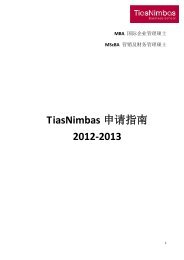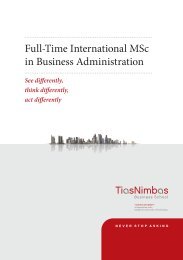Financial Responsibility, Personality Traits and Financial Decision ...
Financial Responsibility, Personality Traits and Financial Decision ...
Financial Responsibility, Personality Traits and Financial Decision ...
You also want an ePaper? Increase the reach of your titles
YUMPU automatically turns print PDFs into web optimized ePapers that Google loves.
e good at mathematics, <strong>and</strong> merely 10.51 percent keeps up with the financial news, <strong>and</strong><br />
71.47 percent of our respondents manage the financial administration in the household.<br />
We posed each respondent the same six financial literacy questions as used by Lusardi<br />
<strong>and</strong> Mitchell (2007) <strong>and</strong> 4.18 were answered correctly, on average. This score, on<br />
the scale of six, we use as a financial literacy construct throughout our analysis. In<br />
Appendix C, we state the scores on each of these six questions separately <strong>and</strong> we plot<br />
the subsamples based on the respondents gender, age, mathematical skills set, <strong>and</strong><br />
financial interests. Here we find that the variation in this financial literacy construct<br />
results mainly from one of the six questions (the one in which we ask respondents on<br />
the consequence of a jump in inflation for the value of bonds). When considering these<br />
plots, we learn that this question is answered correctly mostly by the respondents that<br />
keep up with the financial news, more so than those that are good in math. For the<br />
savers in our sample this financial literacy score was only slightly higher, while the<br />
overall level of education, financial interest, <strong>and</strong> mathematical skill set exceeded the<br />
sample average more pervasively.<br />
Finally, when considering several personality <strong>and</strong> attitude characteristics across our<br />
sample we find that 57.60 percent of our respondents define themselves as religious,<br />
26.79 percent have a left wing political preference, 36.63 percent have positive economic<br />
expectations, 62.88 percent keep a tight financial administration <strong>and</strong> only 9.00 percent<br />
like taking financial risks. Across the two sub groups of savers <strong>and</strong> spenders we find<br />
that the self proclaimed savers are more positive about the economic outlook, are more<br />
on top of their financial administration <strong>and</strong> are more likely to vote for centre-leftwing<br />
parties during elections. Perhaps the two most noteworthy variables of table 1 are those<br />
positioned at the bottom of the table the internal locus of financial control <strong>and</strong> the<br />
11


